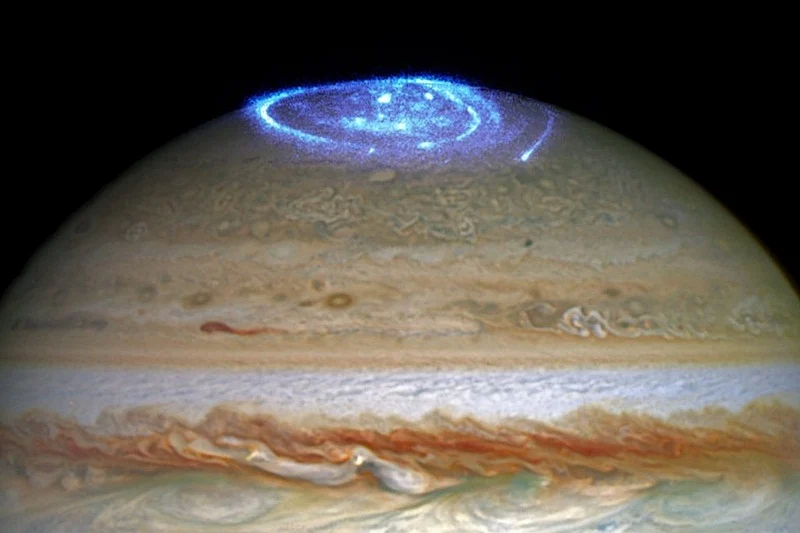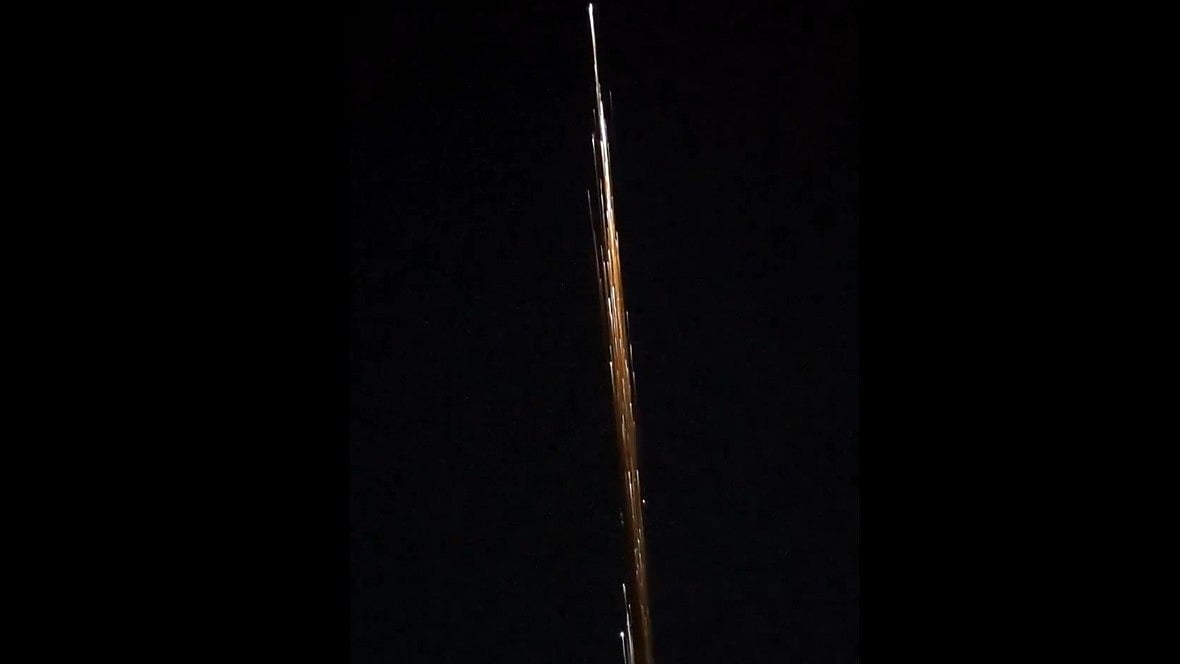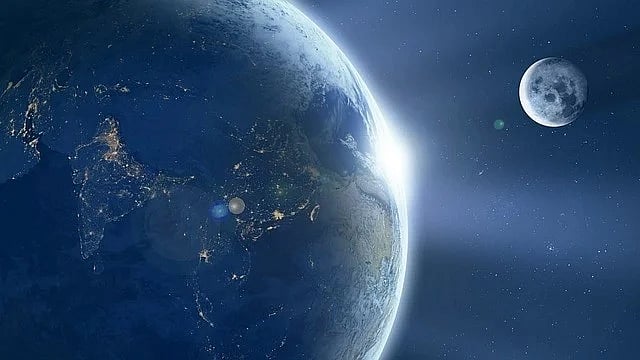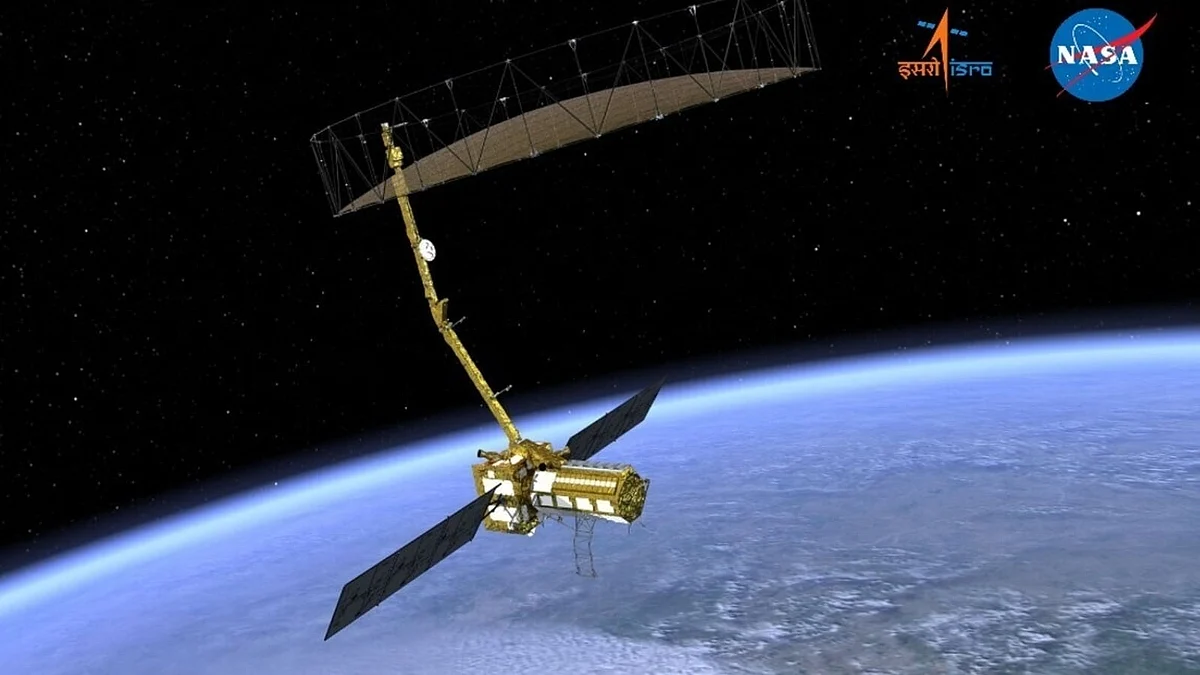Washington: NASA’s Juno probe orbiting Jupiter has found the planet’s Great Red Spot is deeper than scientists had previously thought. The probe determined that the depth of the Great Red Spot is about 500 km below the cloud tops. The findings are detailed in the journal Science and the Journal of Geophysical Research: Planets. Juno spacecraft entered Jupiter’s orbit in 2016. During each of its 37 passes of the planet to date, a specialised suite of instruments has peered below its turbulent cloud deck. The latest flyby has provided a fuller picture of how the planet’s distinctive and colourful atmospheric features offer clues about the unseen processes below its clouds.
”These new observations from Juno open up a treasure chest of new information about Jupitera¿s enigmatic observable features,” said Lori Glaze, director of NASA’s Planetary Science Division at the agency’s headquarters in Washington. Using Juno’s microwave radiometer (MWR), mission scientists peered beneath Jupiter’s cloud tops and probed the structure of its numerous vortex storms.
The most famous of these storms is the iconic anticyclone known as the Great Red Spot. Wider than Earth, this crimson vortex has intrigued scientists since its discovery almost two centuries ago. The new results show that the cyclones are warmer on top, with lower atmospheric densities, while they are colder at the bottom, with higher densities.
Anticyclones, which rotate in the opposite direction, are colder at the top but warmer at the bottom. The findings also indicate these storms are far taller than expected, with some extending 100 km below the cloud tops and others, including the Great Red Spot, extending over 350 km.
This surprising discovery demonstrates that the vortices cover regions beyond those where water condenses and clouds form, below the depth where sunlight warms the atmosphere, NASA said. The height and size of the Great Red Spot mean the concentration of atmospheric mass within the storm potentially could be detectable by instruments studying Jupiter’s gravity field. With Juno travelling low over Jupiter’s cloud deck at about 209,000 kph, Juno scientists were able to measure velocity changes as small as 0.01 millimetres per second using NASA’s Deep Space Network tracking antenna, from a distance of more than 650 million kilometres.
This enabled the team to constrain the depth of the Great Red Spot to about 500 km below the cloud tops.” The precision required to get the Great Red Spot’s gravity during the July 2019 flyby is staggering,” said Marzia Parisi, a Juno scientist from NASA’s Jet Propulsion Laboratory in Southern California and lead author of a paper in the Journal Science on gravity overflights of the Great Red Spot.” Being able to complement MWR’s findings on the depth gives us great confidence that future gravity experiments at Jupiter will yield equally intriguing results,” Parisi added.














